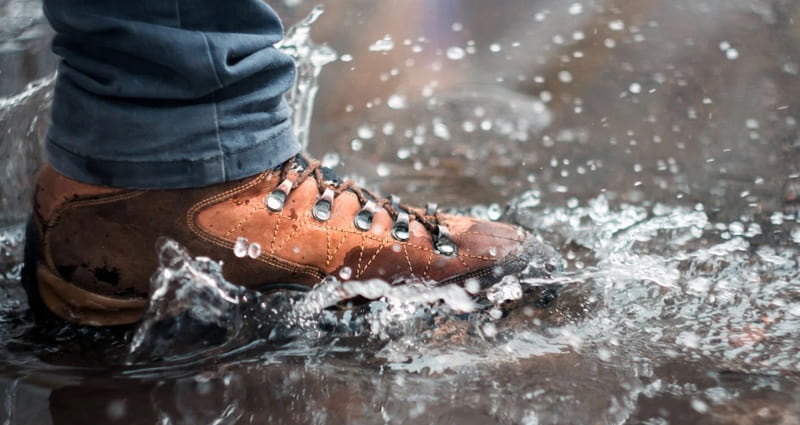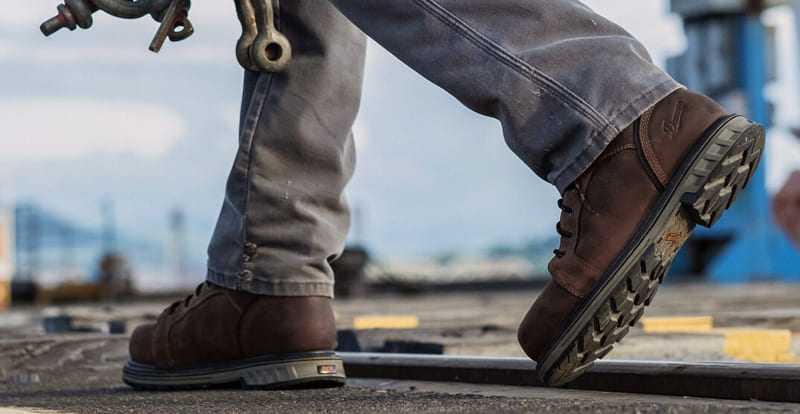Choosing the Right Shoes for Dry or Wet Working Environments
When it comes to working in different environments, wearing the appropriate footwear is crucial for safety and comfort. In particular, selecting the right shoes for dry or wet working conditions can significantly impact your performance and well-being. This article aims to provide guidance on choosing the most suitable shoes for both dry and wet work environments, ensuring optimal protection and traction.
1、Assess the Working Environment:
Before deciding on the type of shoes, evaluate the nature of your working environment. Determine whether it is predominantly dry or wet. Consider factors such as moisture levels, potential spills, and the presence of slippery surfaces. This assessment will help you identify the specific challenges and hazards related to your work environment.

2、Dry Working Environments:
In dry working environments, focus on selecting shoes that offer protection, comfort, and durability. Key considerations include:
△ Safety features: Look for shoes with reinforced toe caps and puncture-resistant soles to protect against impact and potential hazards.
△ Support and comfort: Opt for shoes with cushioned insoles and good arch support to reduce fatigue and enhance comfort during long hours of standing or walking.
△ Breathability: Choose shoes with breathable materials to allow proper airflow and prevent excessive perspiration.
△ Slip resistance: While less critical in dry conditions, selecting shoes with slip-resistant soles can provide added traction on occasional slippery surfaces.

3、Wet Working Environments:
In wet working environments, prioritizing slip resistance and water protection is essential. Consider the following factors when choosing shoes:
△ Waterproof or water-resistant: Select shoes made of materials that repel water, such as rubber or waterproof leather, to keep your feet dry and prevent water absorption.
△ Slip resistance: Look for shoes with high-quality rubber outsoles designed specifically for wet surfaces. These outsoles often have deep treads or patterns that provide excellent grip and traction on slippery floors.
△ Quick-drying: Choose shoes that dry quickly to avoid prolonged moisture exposure and discomfort. Breathable and moisture-wicking materials can help keep your feet dry and reduce the risk of fungal infections.
△ Support and comfort: Just like in dry environments, prioritize shoes with adequate support, cushioning, and a comfortable fit to ensure long-lasting comfort throughout your workday.

4、Regular Maintenance and Replacement:
Regardless of the working environment, it is crucial to maintain and inspect your shoes regularly. Clean them after each use and remove any debris or contaminants that may affect their performance. Monitor the condition of the soles and treads, and replace shoes if they show signs of excessive wear or damage.
Choosing the appropriate shoes for dry or wet working environments is vital for your safety, comfort, and overall productivity. Evaluate the specific demands of your workplace, consider factors such as slip resistance and water protection, and prioritize features that provide optimal support and comfort. By selecting the right shoes and practicing regular maintenance, you can enhance your performance, reduce the risk of accidents, and promote a safer working environment.










